A nuclear stress test creates images of your heart’s blood flow using a small amount of radioactive material (tracer) and an imaging machine. The test evaluates blood flow to the heart during rest and activity.
Other names for the nuclear stress test
- Thallium stress test or stress thallium test
- MIBI scan
- rMPI or r Radionuclide myocardial perfusion imaging
- SPECT MPI
- PET MPI
Nuclear stress test indications
1. When you have or are suspected of having blockages in the heart
The most common indications are when you have or are suspected of having blockages in the heart. Your doctor suspect blockages in your heart when you have chest pain, shortness of breath, or sudden cardiac arrest
We have other tests like the DSE test, TMT test, CT coronary angiogram, or coronary angiogram for the same purpose. So among them, tmt and DSE tests are cheap, and CT coronary angiogram or coronary angiogram is expensive. Nuclear stress test falls in between. The doctor always chooses a test that gives the same information at a lower cost. So cardiologists always prefer the tmt and DSE tests to detect blockages. When they are not appropriate tests for you, he chooses the next affordable test, a nuclear stress test.
So the two principal reasons for performing nuclear stress test instead of a tmt test are:
1. Your ECG has abnormalities at rest that make the tmt test nondiagnostic
2. If you can not exercise
2. To know about the viability of your heart muscle when you have a weak heart /Nuclear stress test for heart failure
Heart failure is most often due to coronary artery disease. Revascularization with PTCA or CABG improves survival in most of them. Few people may not get any benefit even after patients undergoing revascularization. In that way, they lose their money and subject themselves to riskier procedures. Viability testing can help direct patients who will benefit the most from revascularization. SPECT and PET imagining are the most common modalities for assessing myocardial viability.
3. Nuclear stress test before surgery
Your doctor may advise Nuclear stress test before surgery. With this, he will learn about the heart’s condition. Whenever your doctor suspects you may have CAD, he chooses stress tests like a MIBI scan before any major surgery. This practice is more common for the elderly patient.
Types of nuclear stress tests
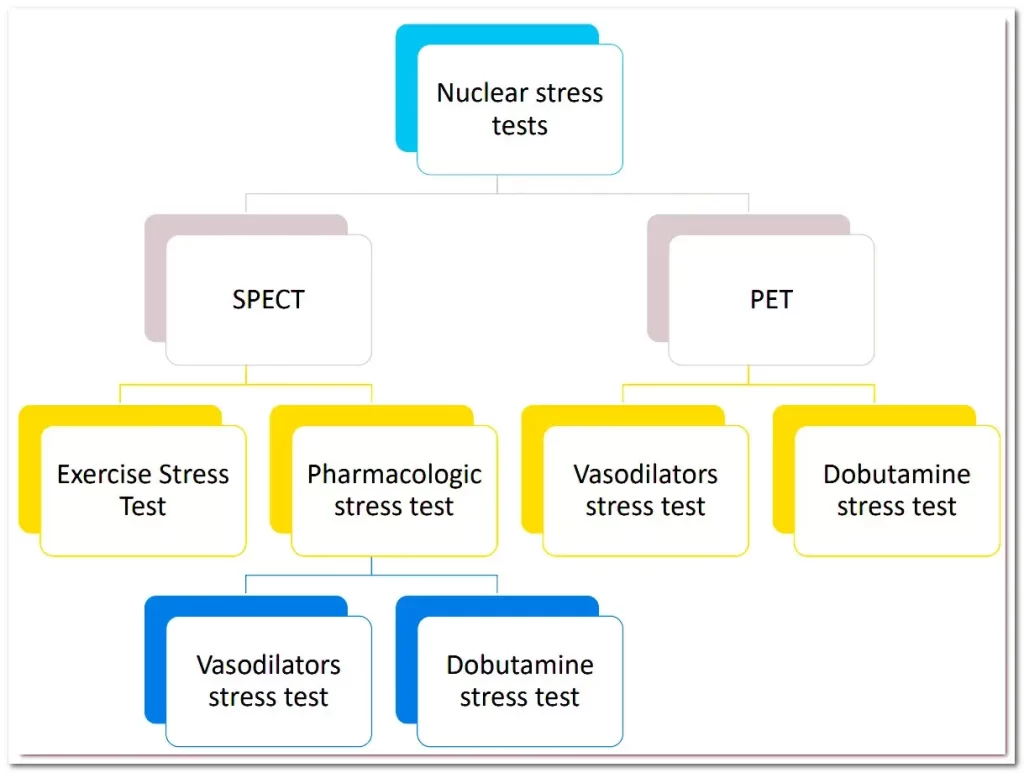
Types of nuclear stress tests based on the camera system
Nuclear stress tests use two types of camera systems.
1. Single-photon emission computed tomography (SPECT) – Uses a gamma camera
2. Positron emission tomography (PET) – CT scan or gamma camera
PET scan is not as widely available as SPECT scan, but the Advantages of PET include
- High resolution
- Better image quality
- Lower radiation and efficient protocols
- Fewer artifacts
- More accurate
But a PET scan is more expensive.
Types of nuclear stress tests based on camera system based on the kind of stress
Nuclear Exercise Stress Test
Only SPECT nuclear stress test is possible with exercise. Performing PET nuclear stress test with exercise is complex and hence not recommended. Either treadmill or bicycle exercise is the preferred exercise for Nuclear Exercise Stress Test.
Exercise nuclear stress test is always preferable to a Pharmacologic nuclear stress test. This is because it provides additional information about your exercise capacity, symptoms status, and blood pressure response during exercise. However, the condition is that you should be able to exercise sufficiently.
Pharmacologic nuclear stress test
If you can not exercise adequately, pharmacologic stress nuclear stress test is there just for you.
Pharmacologic stress agents are Two types.
1. Vasodilators nuclear stress test
· Adenosine
· Dipyridamole
· Regadenoson.
2. Inotropic/chronotropic stress
Dobutamine nuclear stress test
Vasodilators nuclear stress test is preferable to a dobutamine nuclear stress test. Regadenoson is the preferable agent among Vasodilators.
Vasodilator nuclear stress test
The vasodilator may cause blood flow in normal coronary arteries to increase fourfold. However, In the presence of significant blockages( CAD), the increase in blood flow with stress is suboptimal, leading to ischemia. This reduced blood flow in the area subtended by the blockages causes a reduction in radiotracer uptake. This appears in the gamma camera as perfusion defects. Perfusion defects with stress indicate significant blockages ( CAD).
Reduced radiotracer uptake( Perfusion defects ) is interpreted compared to surrounding normal radiotracer uptake. Unfortunately, radiotracer uptake can be uniform throughout the heart in patients with blockages in all the vessels (TVD or MVD). So chances of not having perfusion defects are high. So SPECT nuclear stress test may miss blockages.
Adenosine
A short half-life makes it unsuitable for the combined test. It got more minor side effects.
Dipyridamole
It got a longer half-life compared with adenosine. So patients can receive a dipyridamole drug and undergo low-level exercise (combines test). This addition of exercise helps improve image quality, reduces side effects from the vasodilator drugs, and provides additional clinical information like the exercise nuclear stress test.
Dipyridamole is used less frequently in SPECT nuclear stress tests. Dipyridamole is used more often in PET stress nuclear stress tests.
Regadenoson
Regadenoson has a longer half-life than adenosine. So, Regadenoson can be combined with low-level exercise, just like Dipyridamole.
Regadenoson has lesser side effects compared to adenosine
Indications for early termination of vasodilator nuclear stress test
1. Low blood pressure
2. Advanced heart block or bradycardia
3. Wheezing
4. Severe chest pain with associated ECG changes.
Fortunately, most side effects resolve soon after discontinuation of the drug infusion. If not, your doctor gives you aminophylline which reverses the effects.
Combined exercise and vasodilator stress
Combined exercise and vasodilator stress can reduce the side effects of vasodilator drugs. It also enhances image quality and provides prognostic information.
Dobutamine nuclear stress test
Dobutamine causes a more than a fivefold increase in blood flow compared with baseline in normal coronary arteries. This change is on par with the vasodilator nuclear stress test.
Reasons for terminations
1. Development of significant symptoms
2. Arrhythmias
3. Low blood pressure
4. Severe high blood pressure
SPECT nuclear stress test
SPECT isotopes or tracer
- 99m-technetium (Tc99m)-labeled tracers (99m-Tc-sestamibi and 99m-Tc-tetrofosmin).
- Thallium-201
SPECT nuclear stress test most commonly uses 99m-technetium (Tc99m)-labeled tracers (99m-Tc-sestamibi and 99m-Tc-tetrofosmin).
The utilization of thallium has come down recently. Technetium tracers allow wider protocols and make the test more convenient to perform. Larger doses of Tc99m-labeled tracers can be administered compared with thallium with reduced radiation to the patient. Tc99m also produces better quality images than thallium-201.
Protocol
- Single-isotope protocols
- Two-day
- One-day studies
-
- Stress and rest
- Only stress
-
- Double-isotope protocols
Two-day protocols – stress/rest
Two-day protocols use the same dose for the rest and stress images. The two-day protocol is helpful in obese patients. In obese patients, low-dose radiotracer administration with a single-day protocol may be associated with poor image quality. The main disadvantage is the inconvenience of performing the study in two days.
Single-isotope, stress/rest protocol
The one-day rest/stress or stress/rest protocol is employed in many laboratories. The second radiopharmaceutical dose is generally three times higher than the rest dose.
Single-isotope, stress-only protocol
Laboratories increasingly adopt a stress-only protocol to reduce radiation exposure and resource utilization.
The resting image is not required if the stress image is entirely normal. The study is completed quickly with lower patient radiation exposure than most conventional paired rest and stress protocols.
However, suppose the stress image is abnormal. In that case, the resting image may be required and generally needs to be delayed until the following (2-day protocol).
- Prior abnormal nuclear stress test images
- Known severe CHD or myocardial infarction without prior revascularization
- Known cardiomyopathy
- Weight >300 lbs
Suppose any of the above is present; in that case, the patient should generally undergo a single-day rest/stress study as the stress image is more likely to be abnormal or equivocal.
Dual isotope
Utilization of a dual-isotope protocol is generally not suggested due to the higher radiation exposure. This protocol injects thallium at rest and technetium at stress. It reduces patient time by about 30 minutes and is offset by several disadvantages, including the highest patient radiation exposure.
PET MPI
PET isotopes
PET perfusion tracers are rubidium-82 and 13N-ammonia. Ammonia use is restricted to centers with an available on-site or nearby cyclotron due to the short half-life.
Rubidium-82 is produced from a generator and is widely used in centers without on-site cyclotrons but generally needs a rapid delivery system due to the very short half-life.
The same dose of these tracers is usually administered for both the rest and stress scan.
With PET nuclear stress test, vasodilator stress is highly chosen because exercise poses technical challenges during PET imaging.
Dobutamine is an alternative when vasodilators are contraindicated.
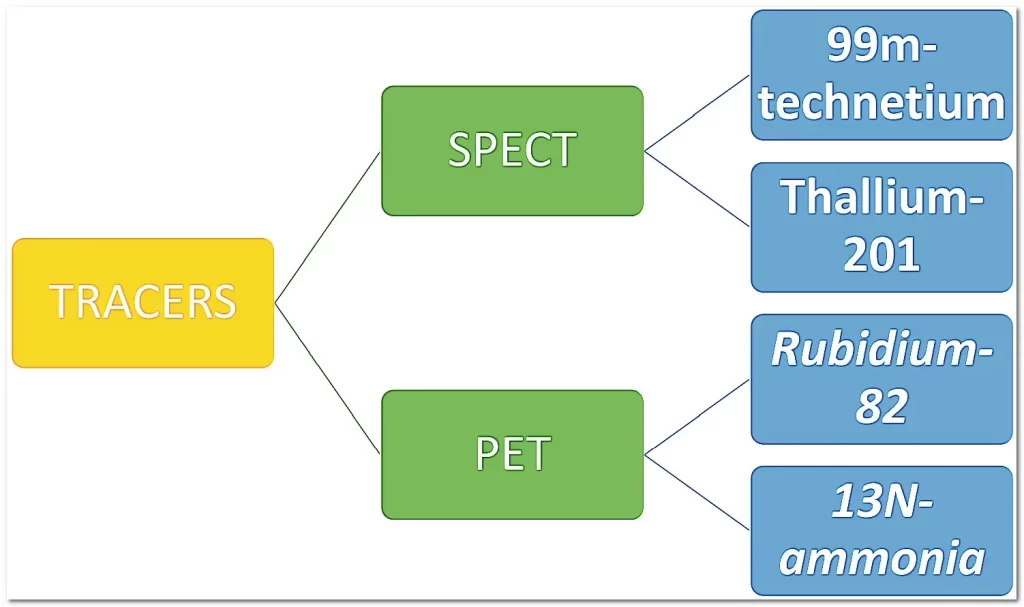
Preparation
Hold drugs like aminophylline, theophylline, caffeine, or theobromine for 24 to 48 hours before the test.
You should fast (not eat or drink) for six hours before the test. If you have diabetes, contact your doctor.
Do not have caffeinated products for 12 hours before your nuclear stress test. This applies to even decaf products, coffee, tea, cocoa, soft drink, or chocolate, as they may contain a small amount of caffeine.
You should not smoke cigarettes, cigars, or chew tobacco for at least 4 hours before the test. If you are already pregnant or going to be pregnant, You should not have this exam.
Ask your treating doctor if you should stop taking any previous medications before the exam. This is because some drugs alter the test results.
Ask your doctor if you have to stop Beta-Blockers. Wear comfortable walking shoes and loose-fitting clothes.
You should not apply creams, lotion, or powder to your chest area on the exam day.
Inform your doctor if you
1. You cannot lie flat on the back for 20 minutes or sit up for 10 minutes
2. Have asthma
No metal is to be worn between the neckline and the waistline.
Tablets for sugar should not be taken the morning of your test.
How is the exam performed?
A Technologist or Nurse will assist you during the procedure and takes the consent form.
The nurse keeps An intravenous (IV) line into a vein in your arm or hand.
A small amount of the radioactive tracer will be injected, and then the gamma camera takes the images of your heart.
EKG electrodes will be attached to your chest to monitor your heart (electrocardiogram), and a blood pressure cuff will be placed on your arm.
You are asked to walk on a treadmill, starting very slowly and then to increase in speed and incline every 3 minutes for the exercise nuclear stress test. About a minute before you stop walking, you will get a second dose of the radioactive tracer. Your ECG and blood pressure will be continuously monitored.
Then, the treadmill will slow down and come to a complete stop. You will be asked to lie down on a stretcher, and The gamma camera will again obtain images of your heart. Be sure to hold very still for the images.
For a vasodilator stress test, imaging is the same. But, additional drugs are given through an IV line instead of exercise.
A comparison of the stress images versus the rest images will be performed to conclude whether or not there is a problem with blood flow to your heart.
A caffeinated beverage will be encouraged after the stress portion of the exam to reverse any possible side effects.
Most patients can resume normal activities right away after the exam. Please drink extra fluids for the rest of the day.
Nuclear stress test interpretation
Normal report
· No perfusion defect during exercise and rest. Your heart is receiving sufficient blood. That means you may not need further tests like an angiogram.
·
Abnormal report
1. No perfusion defect during rest, but perfusion defect during exercise. A portion of your heart isn’t receiving enough blood during stress. This might mean you have one or more blocked arteries (coronary artery disease). You may need a coronary angiography test.
2. Perfusion defect during rest and exercise. A portion of your heart isn’t getting enough blood at all times, which could be due to a previous heart attack.
Nuclear stress test alternatives
- TMT test or treadmill test
- DSE test or Dobutamine Stress Echocardiogram
- CT coronary angiogram
- Cardiac MRI stress test
- Conventional coronary angiogram
Contraindications
- Vasodilator nuclear stress test is contraindicated when you have low blood pressure, low heart rate, and asthma.
- Recent myocardial infarction and ongoing chest pain are absolute contraindications to all types of stress testing.
- Pregnancy is a contraindication to nuclear stress tests due to the unknown effects of radiation exposure on the fetus.
Dye side effects
Radiation may increase the future risk of cancer. The dye used in the nuclear stress test is a radioactive tracer. It poses the risk of radiation to the patient and his surrounding people. Though a minimal dose is used, it may cause a cumulative effect depending on the radiation from other sources or tests. The risk will depend on the age and sex of the patient, their health, and the radiation dose.
The tracer levels will decrease as it passes out of the body in the urine or stool and also decays away over time.
Common questions
Nuclear stress test limitations
Nuclear stress got certain limitations like
1. Availability (Not widely available)
2. Radiation risk (renders it unsuitable for women in the reproductive age group)
3. Artifacts (false positive)- less common with PER nuclear stress test.
4. Not a gold standard like an angiogram
Is nuclear stress test harmful?
No. Though you can experience mild niggles; severe calamities are rare.
Safety and comparison of vasodilators
Adenosine
1. AV block (4.1 percent)
2. Low blood pressure (1.8 percent),
3. Low heart rate (0.2 percent)
4. Wheezing (0.1 percent)
5. Heart attack
6. Death is very minimal
Above side effects resolve rapidly with the discontinuation of adenosine.
Conversely, minor side effects will occur in 81 percent of patients
1. Flushing
2. Nausea
3. Chest pain
4. Dyspnea or shortness of breath
5. Headache
6. Dizziness
Dipyridamole
As with adenosine, less severe symptoms are pretty common. However, they are less common than that adenosine.
Rarely aminophylline may be required to reverse the side effects.
Regadenoson
As compared with adenosine, tolerability is better. Fewer side effects with Regadenoson when compared with adenosine.
Is nuclear stress test painful?
Yes. For a nuclear stress test, your doctor puts an intravenous cannula or IV line, which can cause slight pain. The drugs given during the test may cause chest pain or headache, which are usually tolerable. Otherwise, the test does not involve an angiogram kind of thing and is less painful than an angiogram.
Can a nuclear stress test damage your heart?
Rarely. It can cause a heart attack which can dam your heart. This is quite rare. This can happen with other stress stets and conventional angiograms also.
Headache during the nuclear stress test
Headache is common with the vasodilator drugs given with nuclear stress test. It is uncommon with other tests.
Jaw pain during the nuclear stress test
Jaw pain during nuclear stress tests can arise because of the side effects of the drug given. Drugs decrease the blood supply to the part of the heart with blockage and may induce temporary ischemia. This phenomenon can cause jaw pain or chest pain.
How much is the radiation?
Radiation exposure
Your Radiation exposure during nuclear stress test depends on the type of study performed and the camera system used.
- Rest-stress PET nuclear stress test using ammonia – approximately two milliSieverts
- Rest-stress PET nuclear stress test using rubidium- about three milliSieverts
- Stress-only SPECT nuclear stress test using technetium – around three milliSieverts nuclear stress test
- Rest-stress SPECT nuclear stress test using technetium – approximately 11 milliSieverts
- Dual-isotope SPECT nuclear stress test using thallium – about 22 milliSieverts
PET nuclear stress test got low radiation exposure. In contrast, Dual-isotope SPECT atomic stress test has the highest patient radiation exposure.
Alternatives stress tests that do not involve radiation (e.g., tmt test, DSE test, cardiac MRI) are preferable in premenopausal women.
Nuclear stress tests and long-term side effects
Long-term side effects of Nuclear stress tests are petty rare. This can arise because of delayed effects of radiation like cancer. As radiation dose with Nuclear stress test alone will not cause any effects, cumulative radiation due to multiple testing with Nuclear stress test and ct scan can rarely lead to cancers.
How much time does a nuclear stress test take?
Depending on the protocol, the test may take one or two days.
The exam will take 2 to 3 hours but can take up to 4 hours.
This exam might be scheduled as a 2-day exam. Then it will be around 2 hours each day.
No perfusion defects at rest and stress indicate the normal report.
Cost of the nuclear stress test in Hyderabad, India
The cost of the nuclear stress test in India varies depending on the camera system (SPECT vs. PET), protocol type (rest -stress vs. rest), nucleotide ( rubidium vs. thallium vs. technetium), and location. PET scan is always more expensive than SPECT scan. Most private nuclear labs charge a minimum of 10000 Indian rupees. You can get this test in a Government hospital free of cost.
Cost of nuclear stress test with insurance
Insurance in India may not cover the nuclear stress test as it is outpatient. If you got admitted to the hospital, you might get the testing in insurance.
Nuclear stress test and ejection fraction accuracy
Hearts ejection fraction is additionally estimated during a stress test. Its accuracy is lower than cardiac MRI and equal to 2d echo. As a 2d echo test is less expensive, widely available, and more convenient, it should always be the initial test for assessing ejection fraction.
Does a nuclear stress test show blockages?
Nuclear stress test does not show blockages directly. It shows perfusion defects, which means the areas with a low blood supply. Perfusion defects occur when there are blockages. Therefore, the nuclear stress test detects blockages indirectly.
Nuclear stress test and caffeine
Avoid caffeine in any form for 24 hours to 48 hours before a pharmacological nuclear stress test.
Nuclear stress test and fatty meal
With the stress/rest nuclear stress test, after completing the stress part, you will have to eat a fatty meal and drink 3 to 4 cups of fluids. You will be given about one hour to eat and drink. When you return after the allotted break to eat and drink, your doctor will do a rest scan.
Nuclear stress test and beta-blocker
When exercise nuclear stress test is considered, discontinuation of beta-blockers is mandatory for 3 to 5 days before the test. The same applies to Dobutamine nuclear stress test (Dobutamine Stress MPI). When a vasodilator nuclear stress test is considered, discontinuation of beta-blockers is under the doctor’s discretion.
Nuclear stress test and calcium channel blockers
Certain calcium channel blockers like verapamil and diltiazem also lower heart rate. So they must be stopped 3 to 5 days prior, just like beta-blockers.
Nuclear stress test and blood pressure
Very low blood pressure (systolic blood pressure <90 mmHg) and severely high blood pressure (systolic blood pressure > 100 mmHg) are contraindications for certain types of
Nuclear stress test and heart rate
The nuclear stress test is not for you when you have a very low heart rate (bradycardia).
Nuclear stress test and dye allergy
Tracers used in nuclear stress tests do not cause an allergic threat to anyone who is allergic to iodine or the dye used in CT scans. However, certain materials are attached to the Tracers, which, in extremely rare cases, can cause an allergy. They can cause rash, angioedema, fever, and anaphylaxis.
Can I drive home after the nuclear stress test?
You can drive yourself home after the test.
Nuclear stress test accuracy
Nuclear stress test and false positive
False-positive means the scan is positive for CAD when a patient does not have CAD in real.
False-positive results are reported in up to 27% of patients. This is more common in individuals with high blood cholesterol and blood pressure. Due to the limitation of certain tracers, artifacts are also one of the most common causes of False-positive reports.
Nuclear stress test false negative
SPECT vasodilator nuclear stress test has a sensitivity of 85%, while PET nuclear stress test got a sensitivity of 90%. Dobutamine nuclear stress test with SPECT has a sensitivity of 88%.
It means when the nuclear stress test indicates CAD is not present when blockages are there in the heart.
Sensitivity is 85-90%, so the test misses10-15% of the people who have the disease.
The common reasons for false-negative are a lower tracer dose, small perfusion defect, and perfusion defect in the back of the heart. Balanced ischemia is one of the rare cases where the patient has blockages in all arteries. In such a case, there is no focal perfusion defect.
Nuclear stress test in special population
Is nuclear stress test safe for the elderly?
Yes. The nuclear stress test is safer for the elderly unless and otherwise no contraindications like slow heart rate.
Nuclear stress test in patients with kidney disease
TMT test is used in only a few patients with CKD/ESRD as their baseline EKG is primarily abnormal. Moreover, their exercise capacity is poor. Even coronary angiogram is unsafe for them as the dye can worsen kidney function. So for them, the nuclear stress test is the best stress test.
Nuclear stress test in patients with left bundle branch block.
The nuclear stress test is the best stress test for patients with LBBB. LBBB makes tmt tests and DSE tests invaluable.
Nuclear stress test in patients with atrial fibrillation
AF or atrial fibrillation diminishes the accuracy of nuclear stress tests. This effect is maximum with exercise stress-test, while less in vasodilator stress. So For atrial fibrillation patients, vasodilator stress is most preferred.
Is nuclear stress test safe in pregnancy?
No. Due to the risk of radiation exposure to the baby, it is not safe.
Nuclear stress test and breastfeeding
For a breastfeeding mother, the concern is whether the tracer is secreted into breast milk. Most tracers are secreted into breast milk. You should not breastfeed for a few hours to a few days after the test. It depends on the type of tracer. If you postpone breastfeeding, that keeps the baby’s dose below regulatory limits. Ask your doctor for the exact duration of holding breastfeeding. You may be asked to formula feed your baby during that period. You need to pump and discard the breastmilk.
Nuclear stress tests being around babies or kids
Although a very small dose of radioactive tracer is used, it is always better to avoid close physical contact with pregnant women and children (ages 12 and under). Recommended duration is 12 hours after the test.
Nuclear stress tests in obese patients
Obese patients can undergo nuclear stress tests, But poor image quality and artifacts are slightly more common in them.
Nuclear stress test comparison with other cardiac tests
Is nuclear stress test better than a treadmill?
Yes. Accuracy is better for nuclear stress tests. But treadmill test is inexpensive, widely available, and convenient for doctors and patients. The treadmill test does not carry radiation risk too. So treadmill test should be the preferred initial stress test for CAD.
Nuclear stress test vs. echo stress test
An echo stress test is preferable whenever the patient is suitable for it as it is less expensive, more accurate, and widely available.
Nuclear stress test or angiogram
Angiogram is the gold standard for the detection of blockages. However, assessment yo of viability is not possible with an angiogram. The cardiologist may send the patient for Nuclear stress test after an angiogram test. Nuclear stress test accuracy does not match that of an angiogram. Viability is best assessed by Nuclear stress test. Nuclear stress tests are a valuable alternative for patients unfit for an angiogram (CKD).
Moreover, the nuclear stress test is noninvasive, unlike the angiogram test.
The best doctor to consult after the nuclear stress test
DM heart care clinic is the best center for an opinion regarding nuclear stress tests in Hyderabad.
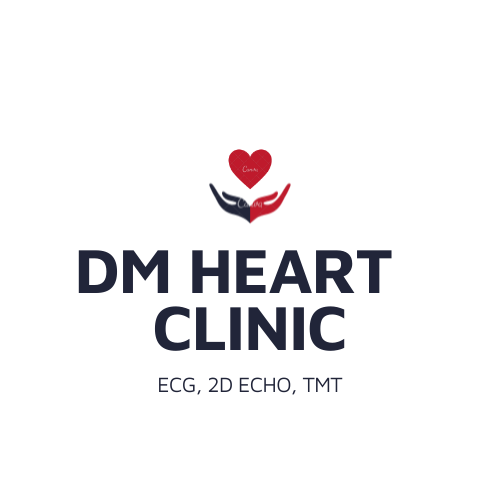


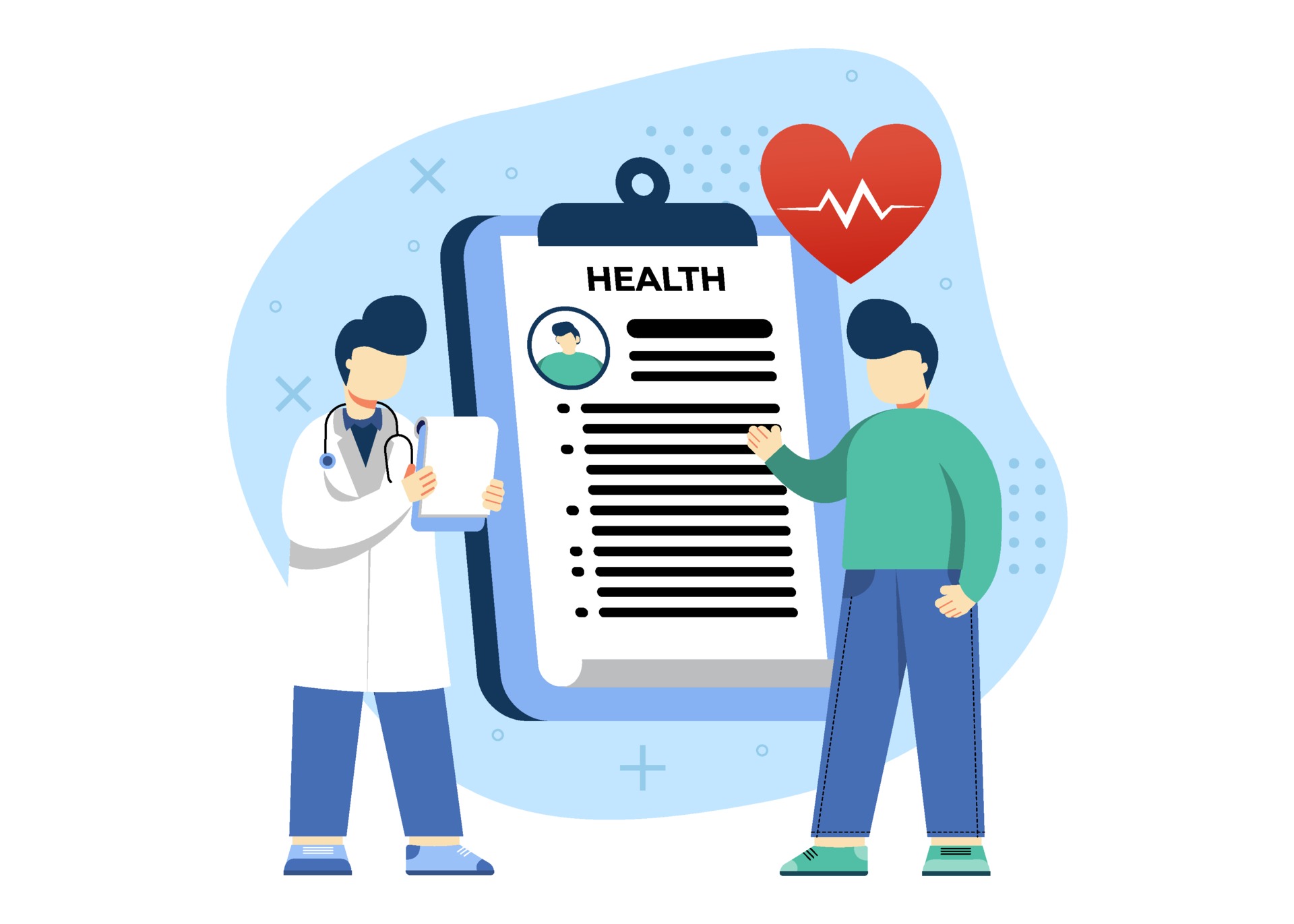




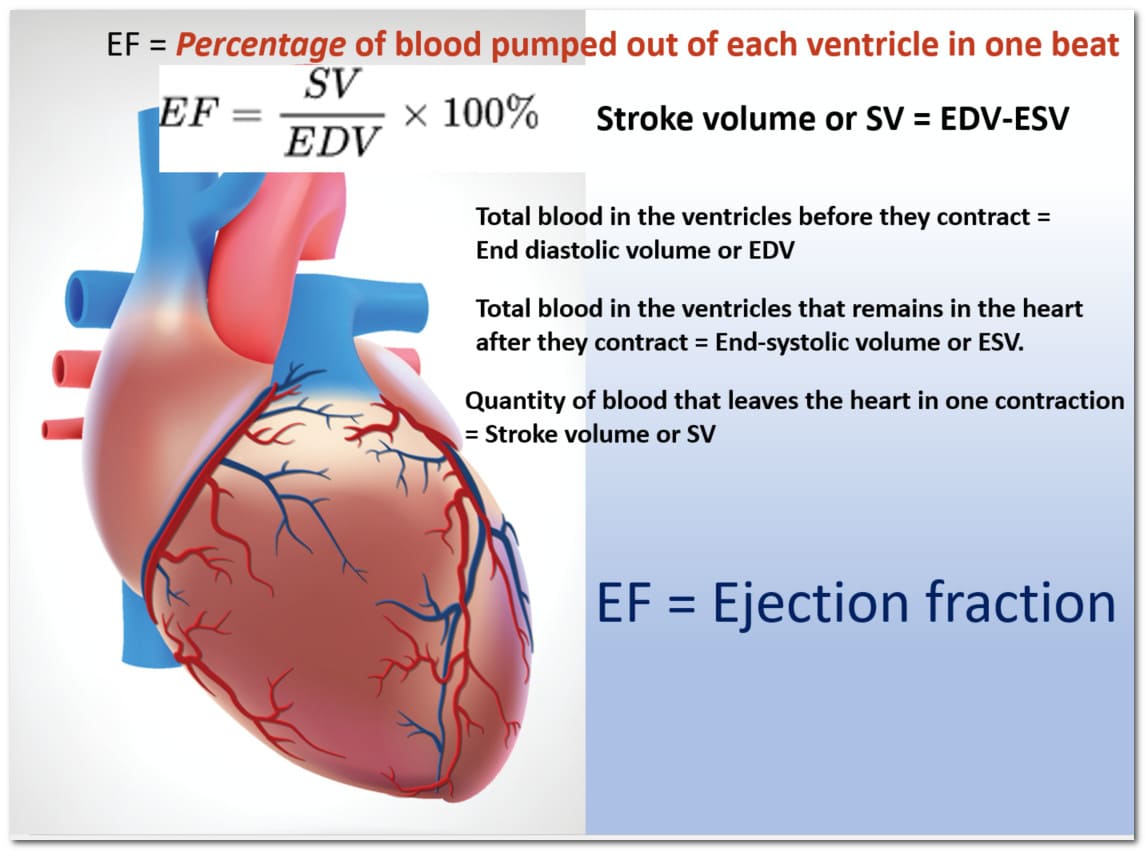
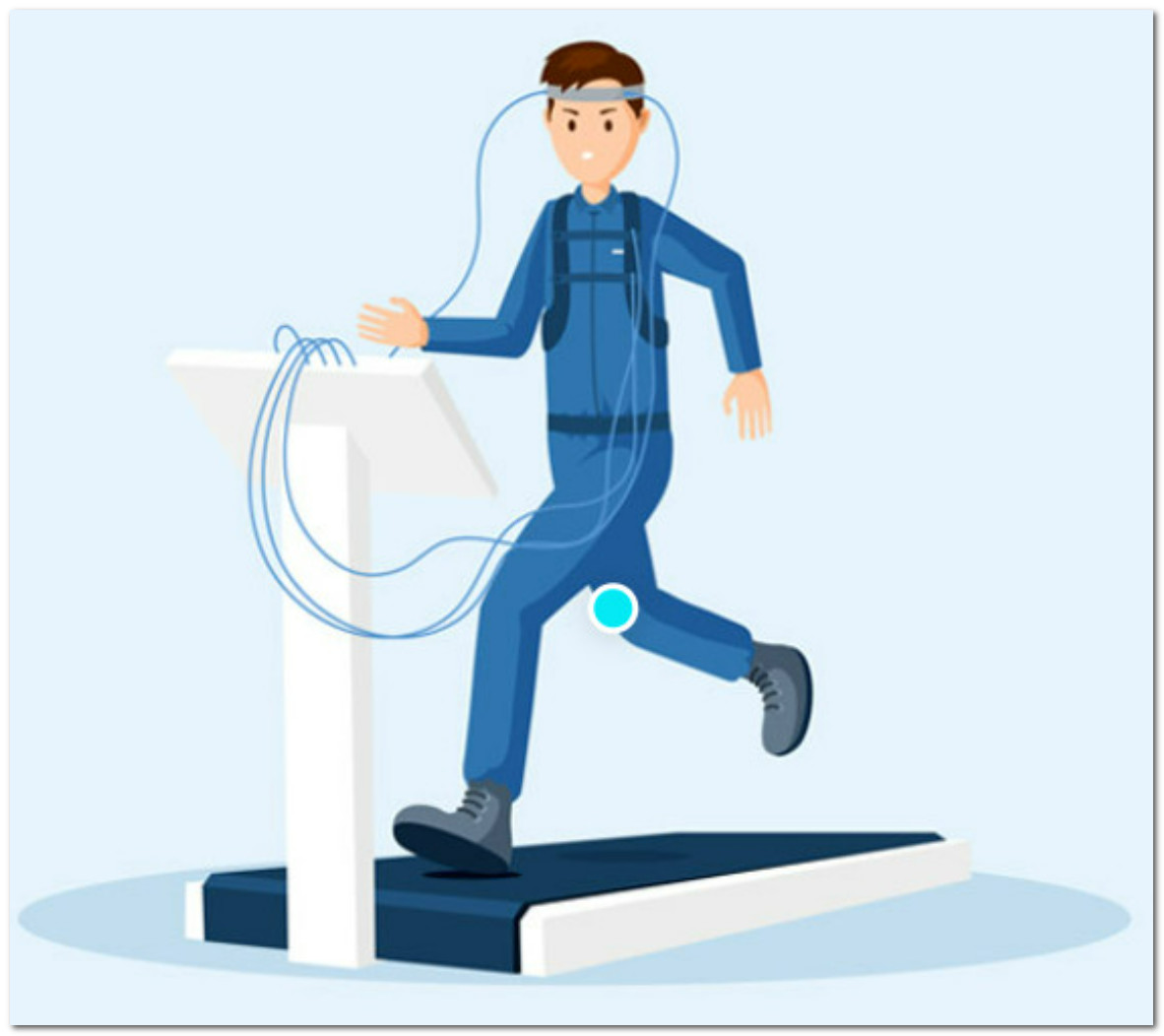

Pingback: Treadmill test in Hyderabad - DM HEART CARE CLINIC